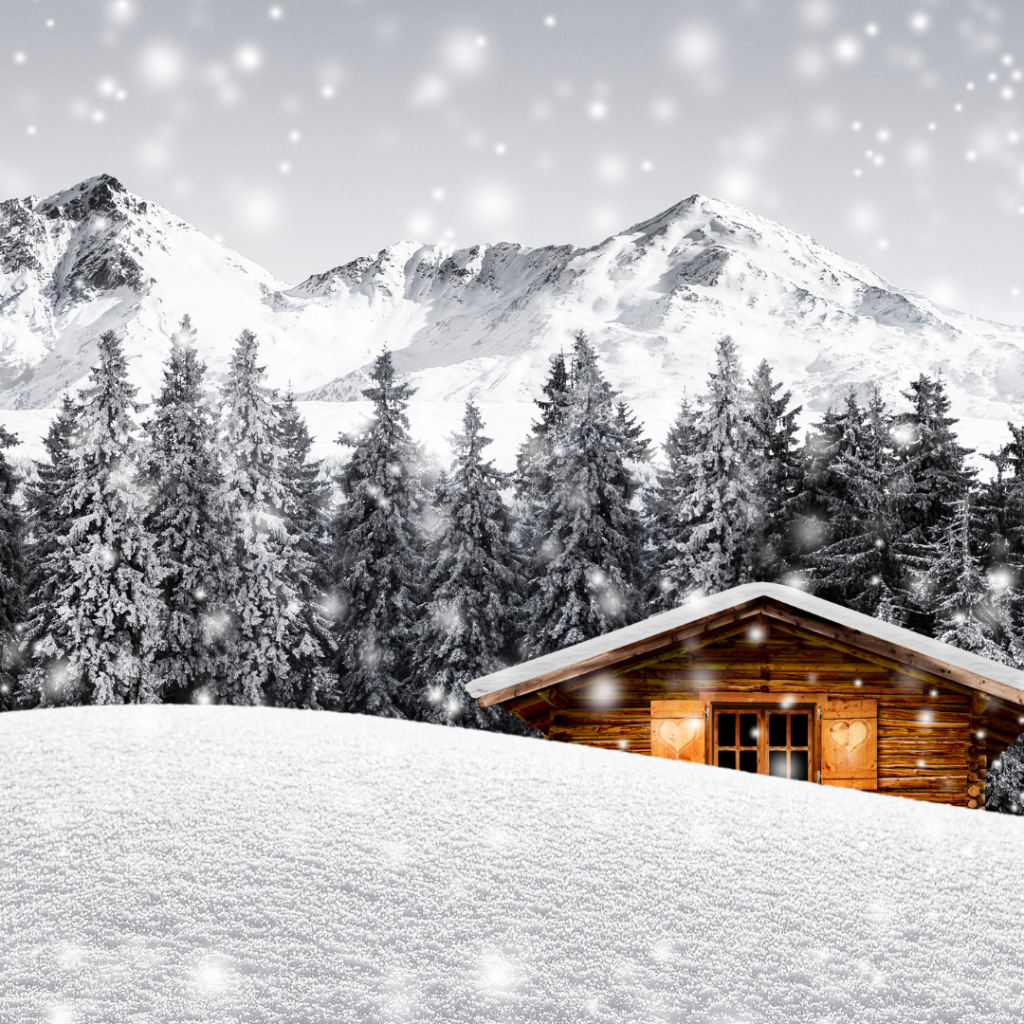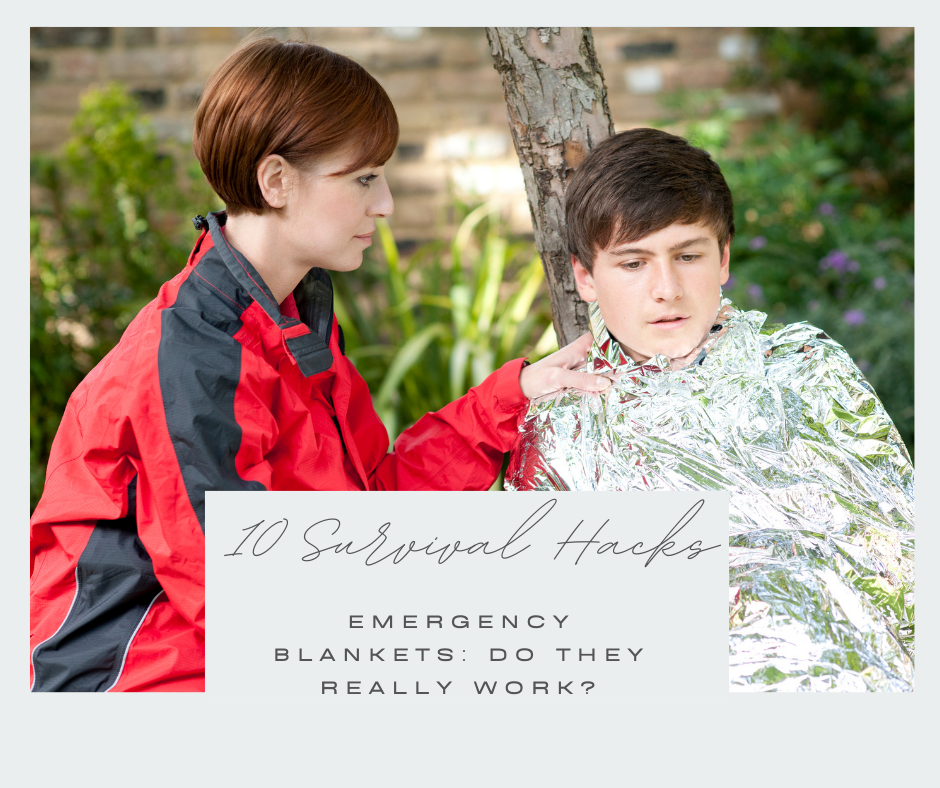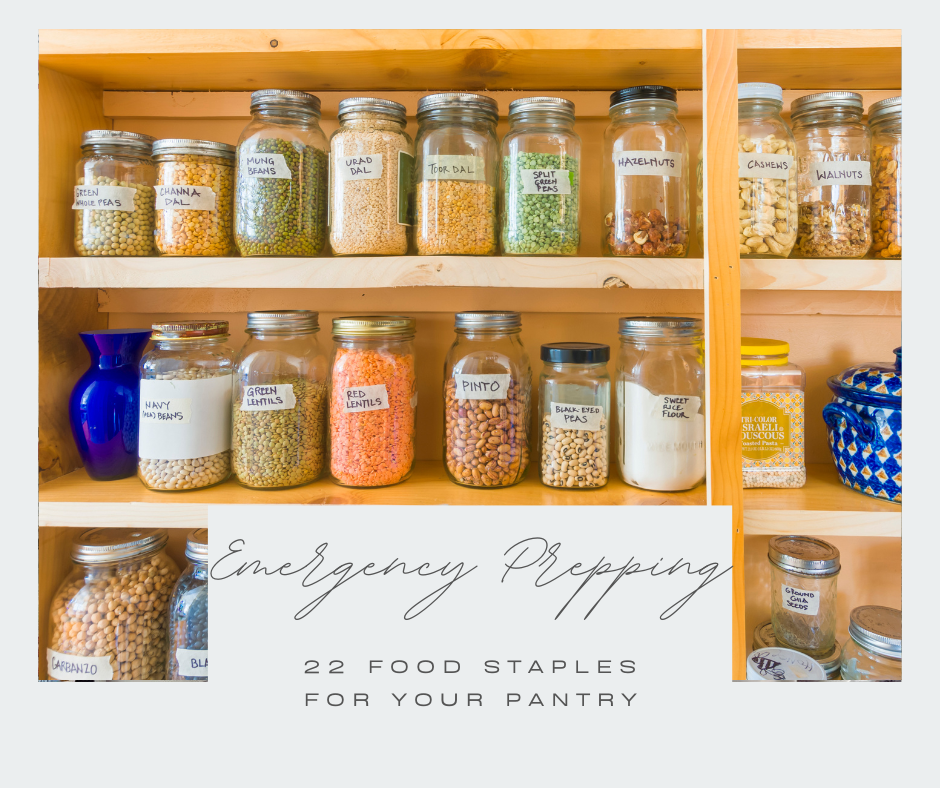The Texas Freeze A Wake-Up Call for Emergency Preparedness
In early 2021, Texas experienced an unprecedented winter storm that left millions without power, water, and essential services. The “Texas Freeze,” as it came to be known, was a stark reminder of how extreme weather events can strike in places where they are least expected, challenging the readiness of communities and individuals alike. This blog post aims to shed light on the lessons learned from the Texas Freeze and provide practical tips for emergency prepping in areas unaccustomed to severe cold weather.
Understanding the Texas Freeze
The Texas Freeze was not just a cold snap; it was a series of cascading failures exacerbated by a lack of preparedness for such an extreme event. The state’s power grid, predominantly isolated from the rest of the country’s grid, was overwhelmed by the surge in demand for heating, leading to widespread blackouts. Water treatment plants lost power, and pipes froze and burst, disrupting water supply. The crisis was a wake-up call for Texas and similar regions where cold weather is a rarity.
Emergency Prepping Tips for Snow Survival – Tips for Surviving another Texas Freeze or Severe Storm
1. Insulate Your Home
One of the critical lessons from the Texas Freeze is the importance of home insulation. Proper insulation helps retain heat, reducing the need for external heating sources. It’s essential to insulate walls, attics, and pipes, especially those facing exterior walls or in unheated spaces. Window insulation kits can also prevent heat loss.
Even if you live in an apartment, learning how to properly insulate and keep heat trapped in warm rooms is important. You can use plastic, blankets and tarps to help insulate the rooms in your house. Find the warmest room in your house and focus on insulating that room as much as possible. You can put a tent on the bed and cover the tent with blanket to keep the inside of the tent quite warm.
Learning methods like this will keep you and your family much safer, because you won’t turn to dangerous heating methods like creating fires in closed areas that can lead to carbon monoxide poisoning or fire containment issues.

2. Emergency Power Solutions
Investing in emergency power solutions, such as portable generators or solar-powered chargers, can be a lifesaver during power outages. Solar-powered chargers can keep small devices like phones and radios operational. Keeping on lights and having warmth for extended period of times is extremely important to increase your level of comfort during an emergency situation.
Solar-powered panels are a great option for a longer blackout.
3. Water Storage and Purification
Having a water storage plan is crucial. Store at least one gallon of water per person per day, for at least three days. In case of prolonged supply disruptions, knowing basic water purification methods, such as boiling or using purification tablets, can ensure access to clean water.
I recommend to keep water stored in containers that are specially made for long term water storage, instead of just plastic water bottles.
@erinstraveltips Emergency Water Storage Tips at @Walmart #prepper #preppertok #preppertokprepper #prepping #preppingforbeginners #emergencypreparedness #prepperpantry #homesteadlife #homesteadtiktok ♬ Calabria 2007 Techno – Techno Music
4. Food Supplies
Maintain a stockpile of non-perishable food items that require minimal preparation. Canned goods, dried fruits, nuts, and energy bars can provide necessary nutrition when cooking options are limited. Don’t forget to rotate your stockpile to keep it fresh.
It’s important to calculate exactly how much food you would need for your family size. It’s recommended to start with a goal of prepping for 2-3 weeks to start and then prep for 3-4 months, as you reach these milestones you can begin to prepare for longer periods of time. Self reliance starts with a lot of planning.
Think about protein sources as well as drinks such as milk and juices to keep your family in good spirits.
5. Consider Investing in Alternative Heating Methods
Explore safe alternative heating options. Portable, non-electric heaters, like propane heaters, can provide warmth, but they must be used with caution and proper ventilation to avoid fire hazards and carbon monoxide poisoning. Warm clothing, thermal blankets, and sleeping bags designed for low temperatures can also help conserve body heat.
As previously mentioned, it is a good idea to learn how to use the covered tent heating method to create a warm place for you and your family to sleep at night. Other options include sleeping with your pets and sleeping together in one bed to keep warm. You should also invest in hot hands, feet warmers, weighted blankets, and emergency blankets to make sure you can stay comfortable in the cold.
Choose outer wear that is good to below freezing temperatures to ensure you always feel nice and toasty.
6. First Aid and Medications to Have on Hand for Situations like the Texas Freeze
Keep a well-stocked first aid kit and a supply of essential medications. Cold weather can exacerbate certain medical conditions, so having a supply of prescription medications and knowledge of basic first aid can be crucial during a crisis.
It is important to keep important things on hand such as antibiotics in case you develop bacterial infections such as strep throat, cough drops, and have a few months of your regular medications. In the winter most people see more sickness due to the lack of sunlight. Keep a stash of Vitamin D on hand to help you ward off sickness.
7. Develop Your Communication Plan
Establish a communication plan with family and friends. In case of a power outage, traditional communication methods might fail. Battery-powered or hand-crank radios can provide access to weather updates and emergency information. Ensure that all family members know how to send and receive messages during a crisis.
It’s also important to have a good out of state emergency contact, a good contact would be a family member or very close friend.
8. Vehicle Preparedness
Keep your vehicle winter-ready with a full gas tank, antifreeze, a snow scraper, and an emergency kit containing blankets, food, water, and a first aid kit. If travel is necessary, make sure to inform someone of your destination and expected arrival time.
You want to know how to get to local gas stations as you might have to drive to many different stations before you find one that is supplied with what you need.
Keep a get home bag inside of your vehicle at all times to make sure you are prepared for any emergency you might encounter on the road.
Community Came Together During the Texas Freeze
Connect with your community. In times of crisis, communities that work together can overcome challenges more effectively. Know your neighbors, share resources, and establish local support networks for mutual aid.
Staying informed is crucial. Pay attention to weather forecasts and heed warnings from local authorities. Knowledge of upcoming extreme weather events can give you precious time to prepare and take necessary precautions.
The Texas Freeze was a sobering reminder of the importance of being prepared for the unexpected. While it’s impossible to predict every extreme weather event, taking proactive steps to prepare can mitigate the impact on you and your loved ones. By insulating your home, stocking up on essentials, and having a plan in place, you can navigate the challenges of snow survival, even in places where cold weather is a rare occurrence. Emergency prepping is about maintaining a semblance of normalcy and safety in the face of adversity.













